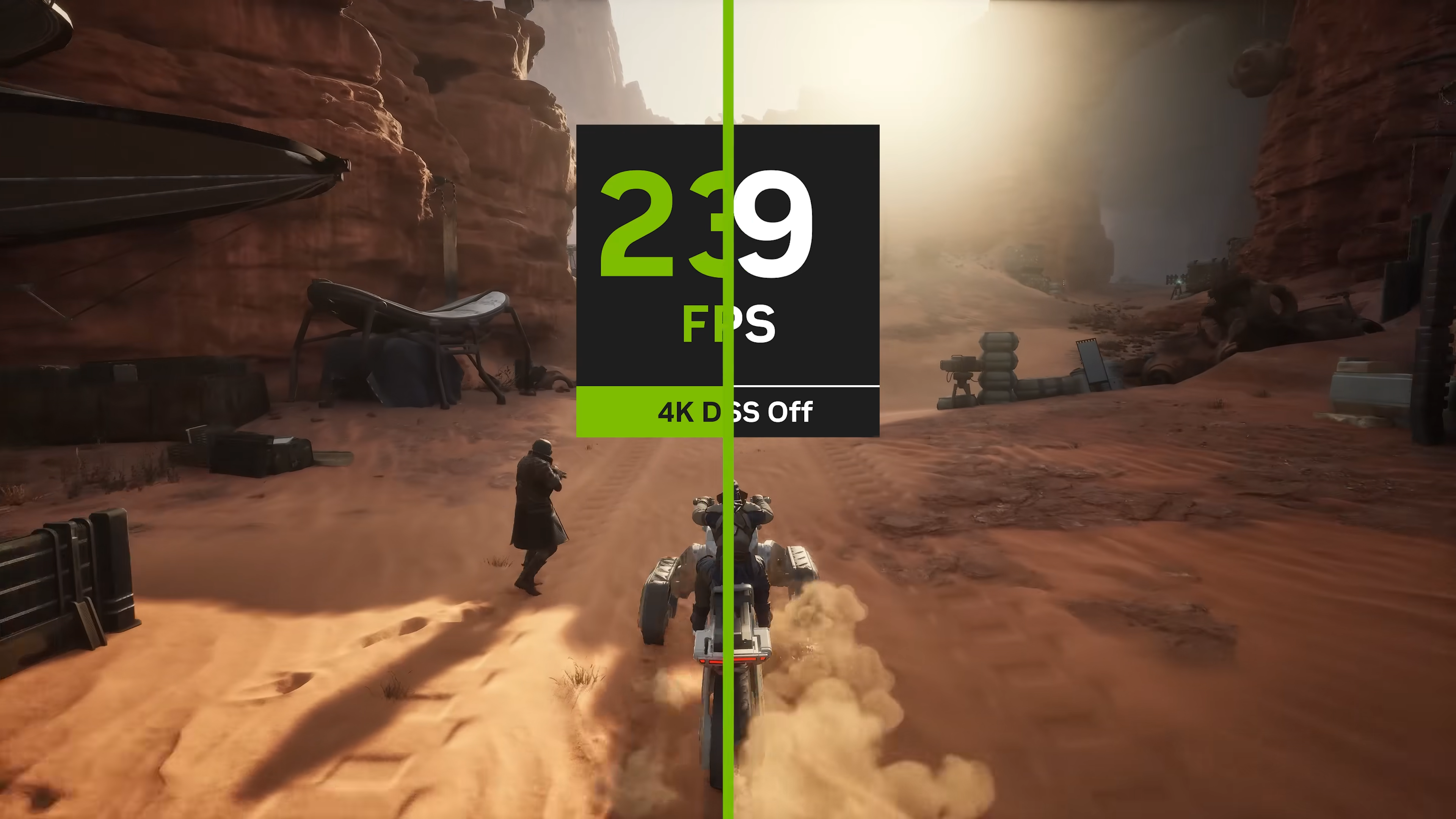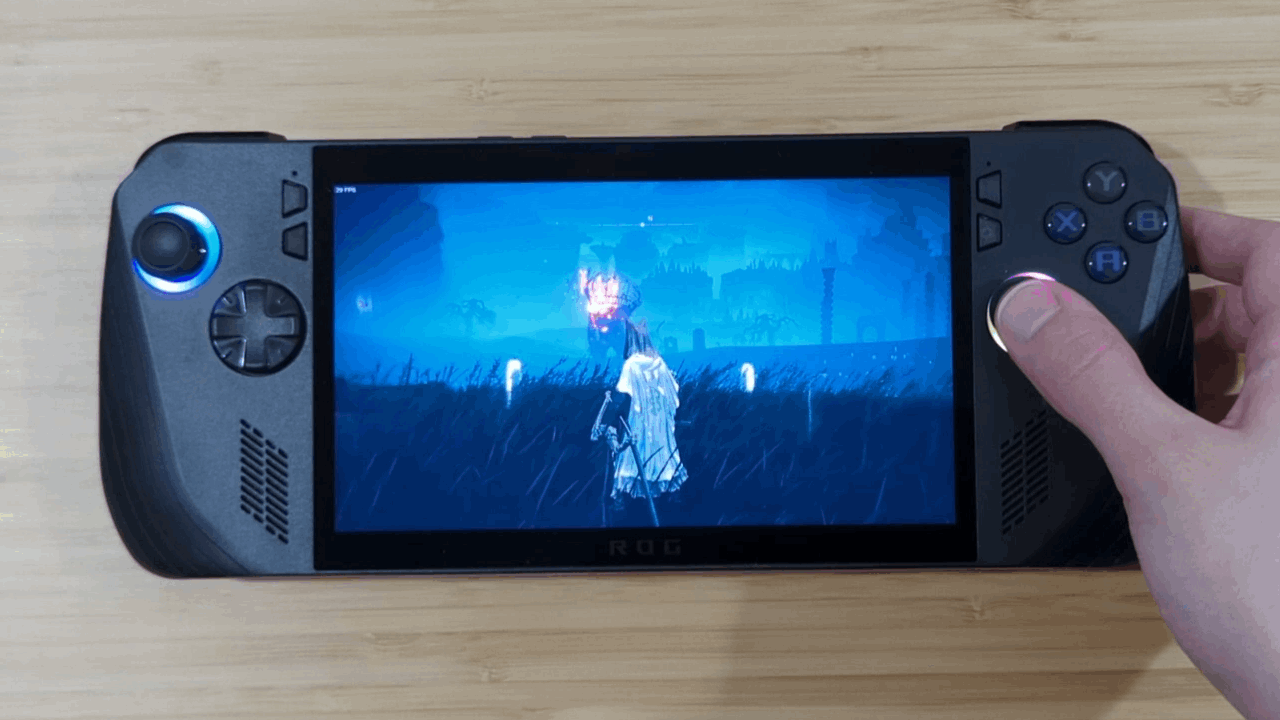
AI Frame generation is a controversial GPU technology.
In some cases, frame generation and super sampling tech can make your games worse, but it can also smooth out games that are notorious for being poorly optimized, especially in high resolution.
It's also incredibly helpful on lower-spec hardware and can be a game-changer for handheld gaming PCs.
On Monday, Steam announced a new performance monitor that will let you know exactly how much better your games run with AI-generated frames. You no longer need to use a GPU-specific overlay to view accurate FPS reports with frame generation enabled.
Here's how I learned to stop hating and love GPU upscaling.
How much better is gaming with frame generation?

Gaming can be much better with frame generation enabled, but. It entirely depends on your settings.
Whether you're using Nvidia's DLSS, AMD's FSR, or Intel's XeSS upscaling, you've got a couple of different settings profiles to choose from. You can set your upscaling to the default or balanced mode, or choose to prefer graphics quality or graphics performance.
The performance-focused upscaling profile will definitely yield more frames than your eye can see, but it will also degrade image quality significantly, as it relies on AI upscaling for a greater portion of the frame.
Opting for higher quality gets you fewer frames, but will keep the more impressive graphic flourishes like ray tracing and sub-surface scattering intact.
Barring that, there are times when you won't want frame gen enabled at all. Server-based games aren't the best use for frame gen since all the AI-generated frames are on the client side, which can lead to some additional lag between what you see in your game and what the server sees.
While this isn't critical in most cooperative games, it can cause you to perform worse than you think in competitive PvP games. So I wouldn't recommend enabling frame generation for your next Marvel Rivals match, but it can absolutely improve performance in Monster Hunter Wilds.
Is frame generation really so bad?

In a lot of ways, AI frame generation is a crutch for game developers. Why optimize a game to perform well on native hardware if you can just tell players to enable AI frame generation?
There are plenty of examples of this issue, from Crysis to Cyberpunk 2077, but one of the more recent offenders is Monster Hunter Wilds, which is still being review-bombed months later for poor PC performance.
And while AI-generated frames can smooth out problematic game performance, we shouldn't need frame gen on high-end gaming rigs.
The problem there, as always, comes down to profits and shifting internal priorities, forcing developers to release unfinished games, and then launch the missing content as "DLC" or offering major performance fixes as a "Day One" patch.
But since I can't fix the game development industry, I can at least enjoy games with frame generation on. As long as I'm not playing a competitive PvP game, anyway.







